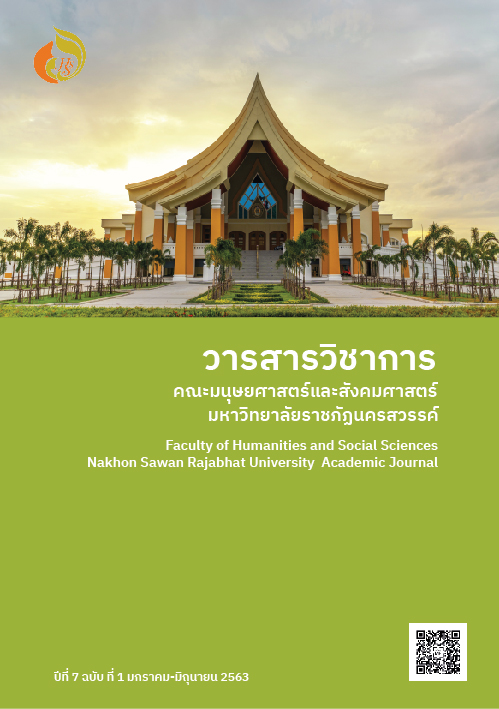Caturangasannipata in the Tipitaka and Ovadapatimokkha Preachment in Gautama Buddha Era
Main Article Content
Abstract
Caturangasannipata or a large monk fourfold assembly is mentioned as an important and astonishing event in the history of Buddhism, which is the origin of Magha Puja Day as currently known. However, when searching the Tipitaka, it is found that this event did not appear in the Buddha preaching in Pali, but has been explained or described in the commentary of Deeghanakha sutra by the later exegete. In addition, the Ovadapatimokkha preachment, which is believed to occur at the same time with the Caturangasannipata, after searching the Tipitaka, appeared in many Sutras, but it did not relate to time, events, or places which are believed to happen on the full moon day of the third lunar month at the Weluwan Cathedral in the second year of the Enlightenment of the Buddha. The purpose of this article is not to lead to the conclusion that the story of the Magha Puja Day is unreliable but to present that the perception of many stories or events in Buddhism shall be reviewed for their consistency with the initial documents in order to get the most accurate information.
Article Details
References
พระบาทสมเด็จพระจุลจอมเกล้าเจ้าอยู่หัว. (2496). พระราชพิธี 12 เดือน. พระนคร: กรมศิลปากร.
มหามกุฏราชวิทยาลัย. (2534.). พระไตรปิฎกพร้อมอรรถกถาแปล ฉบับพิมพ์ 91 เล่ม. กรุงเทพฯ: มหามกุฏราชวิทยาลัย.
วิกิพีเดีย สารานุกรมเสรี. (2563). วันมาฆบูชา. สืบค้น 15 เมษายน 2563, จาก http://th.wikipedia.org/wiki/วันมาฆบูชา.
สมเด็จพระญาณสังวร (เจริญ สุวฑฺฒโน). (2551). 45 พรรษาของพระพุทธเจ้า. กรุงเทพฯ: มหามกุฏราชวิทยาลัย.


